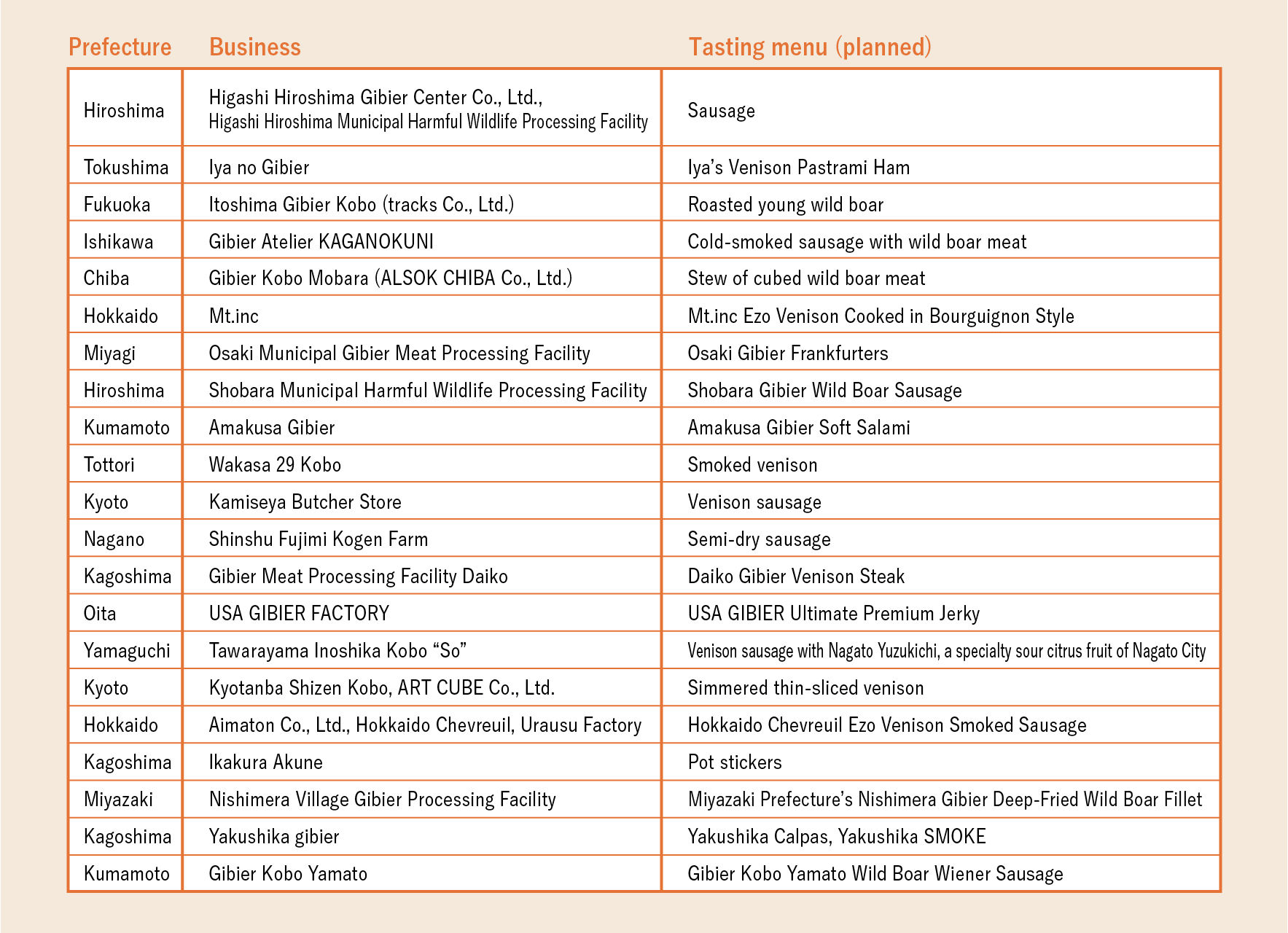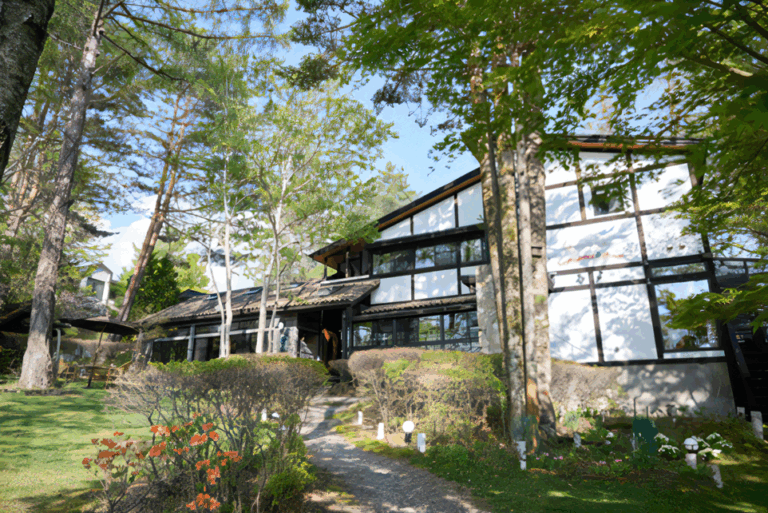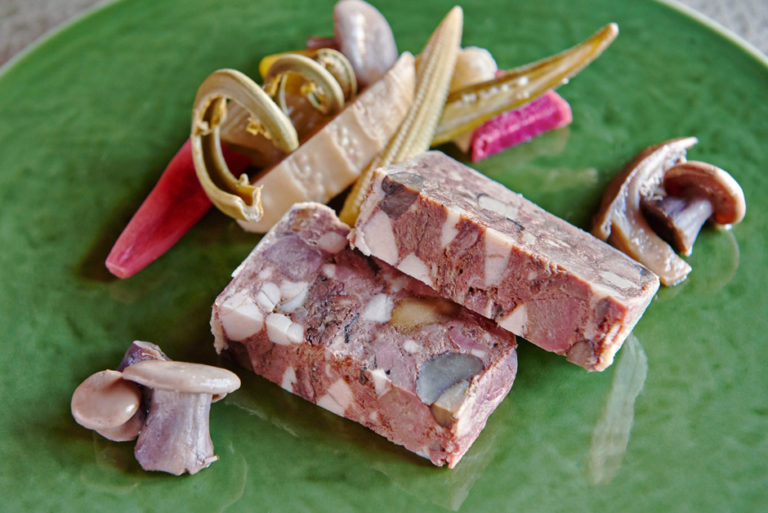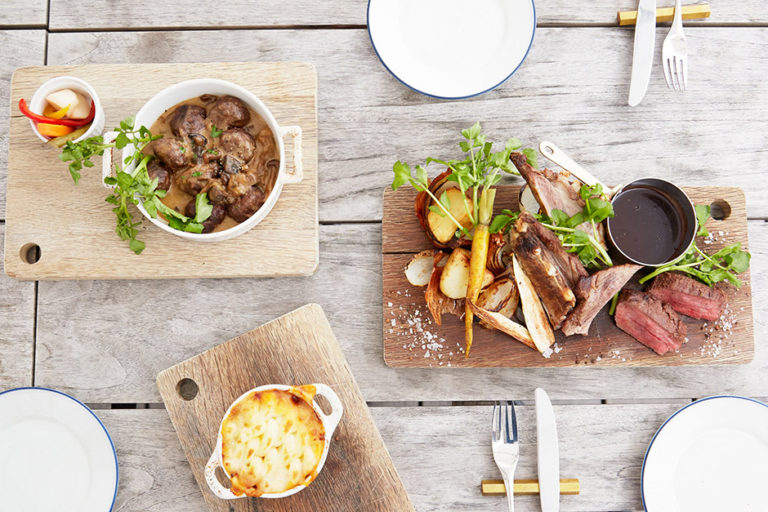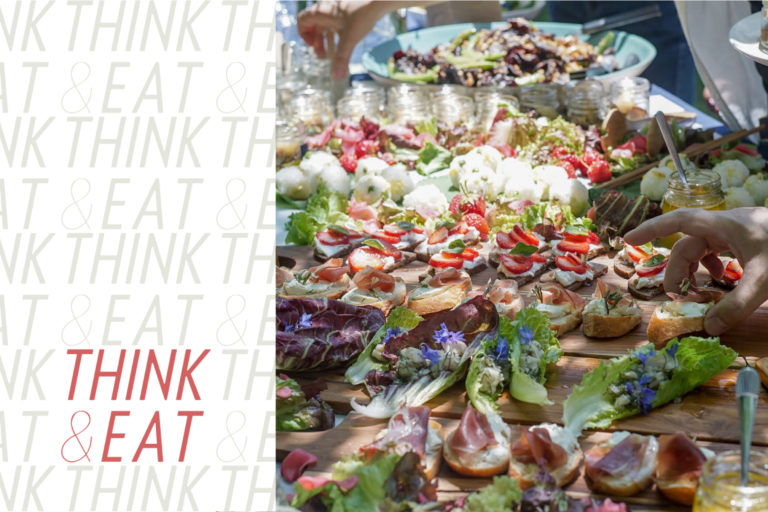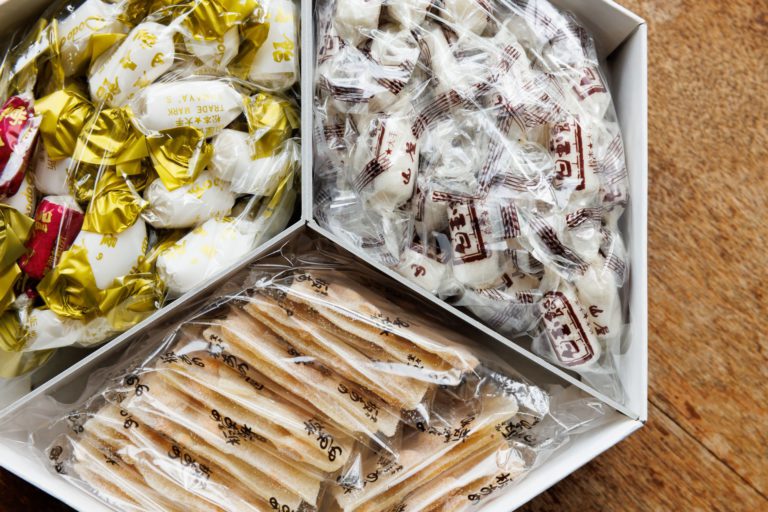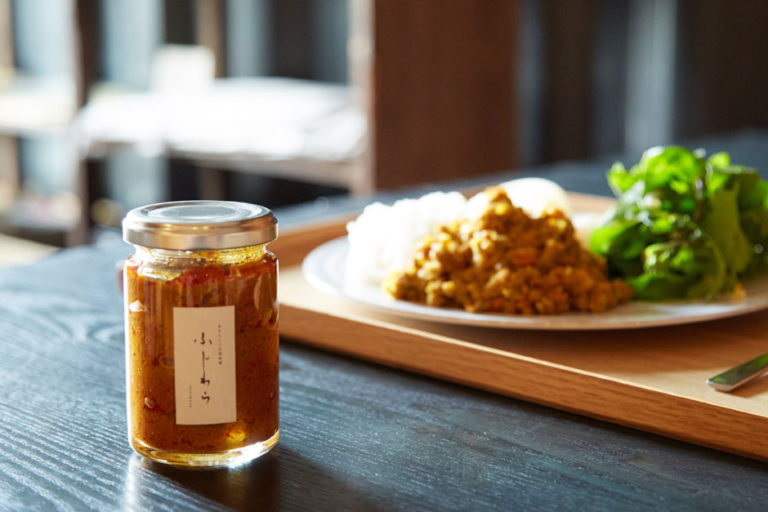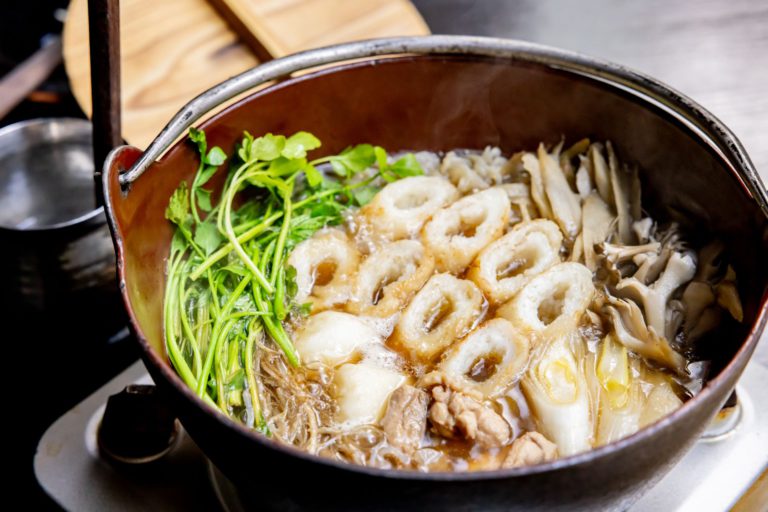Letting Nothing Go to Waste: Promoting Game Meat as Everyday Cuisine at Osaka-Kansai Expo
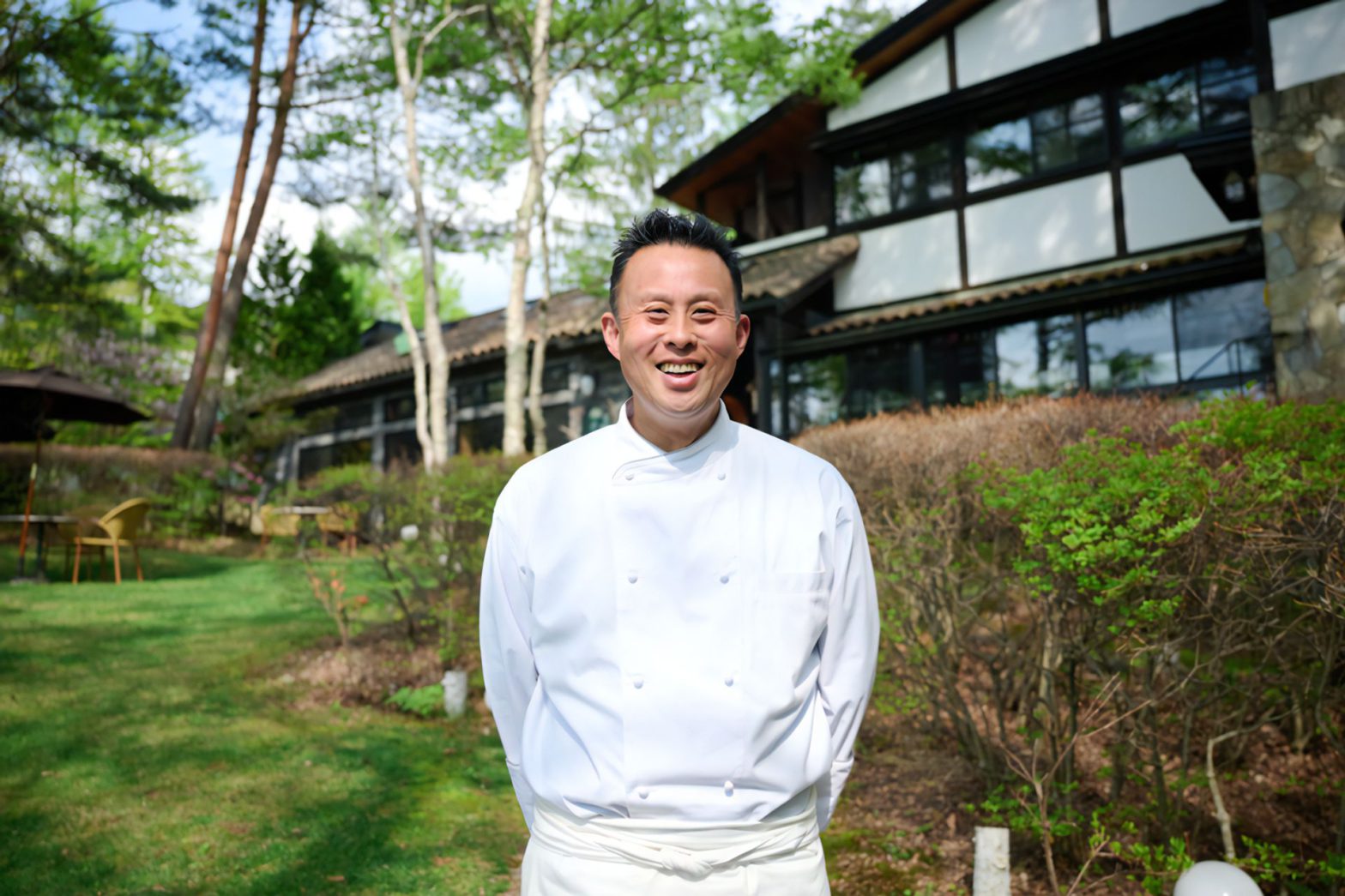
Amid this situation, the head chef of Auberge Espoir in Tateshina in Nagano Prefecture and representative director of the Japan Gibier Promotion Association, Norihiko Fujiki, has been making various efforts to promote game meat as food so that hunted animals don’t go to waste. Since the Ministry of Agriculture, Forestry and Fisheries (MAFF) is set to showcase game meat at the 2025 Japan World Expo (Osaka-Kansai Expo), we talked with him about Japan’s progress in terms of the utilization of game meat.
Forestry and Fisheries (MAFF) is set to showcase game meat at the 2025 Japan World Expo (Osaka-Kansai Expo), we talked with him about Japan’s progress in terms of the utilization of game meat.
The Discovery of Game Meat as a Local Food and a Decade of Exploring Paths for Its Utilization
Tell us, Mr. Fujiki, when did you first discover your love for game meat?
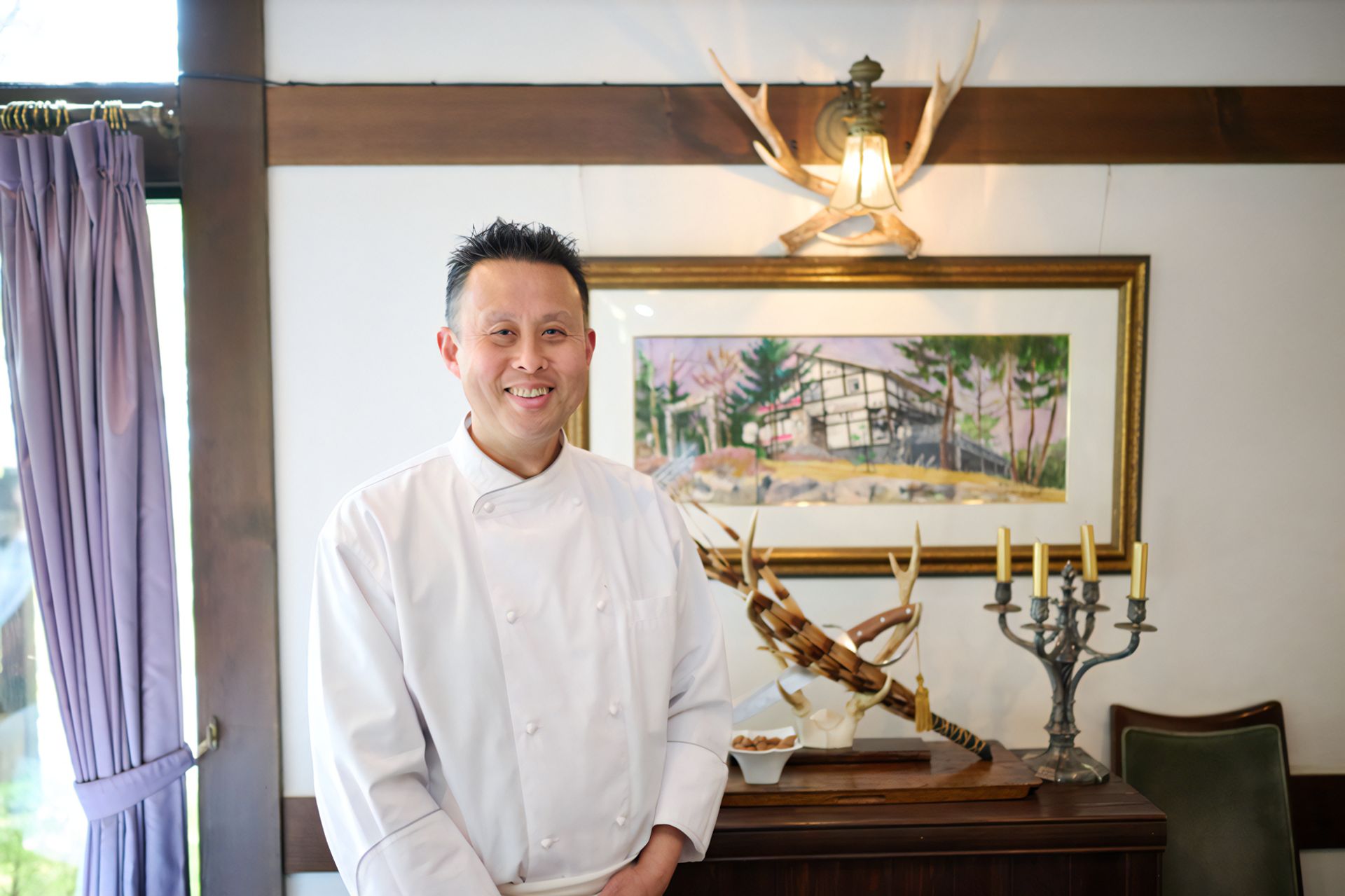
You have been serving game meat at Auberge Espoir since its opening, is that correct?
And then you decided to take it further and establish the Japan Gibier Promotion Association.

What kind of endeavors have you undertaken thus far? What hurdles have you encountered?
What regulations are established under this certification system?
Furthermore, meat is required to be inspected with a metal detector to catch any possible contamination with metal fragments. Moreover, the system unified the standards for handling wildlife and naming for each meat cut, which were things that hunters used to decide by themselves. A standardized game meat cuts chart was created, and sellers must comply with distribution standards.
The Appeal of Game Meat and an Outlook for Future Challenges
What do you personally find appealing about game meat, Mr. Fujiki?
For example, the farmed meat available on the market comes only from female animals and castrated males. But what about meat from male deer and wild boars? It pairs well with strong spices, and its characteristic robust flavor can be utilized in curries, stews, and Chinese dishes. On the other hand, meat from female and young animals is better suited for roasting or simple pan-frying.
The meat quality differs depending on the hunting area, which is one of the characteristics of game meat. For instance, the fat of boars from Japan’s southern prefecture of Kagoshima has a sweet taste to it thanks to the sweet potatoes that they eat. On the other hand, since boars in Chiba, a prefecture east of Tokyo, eat chestnuts and other nuts, their meat tastes like Iberico pork. My point is that we take a good look at each cut of game meat that we purchase to see its characteristics and cook it accordingly. Also, part of what makes game meat appealing is that it’s red meat that’s easy on the palate, lean, and rich in protein.
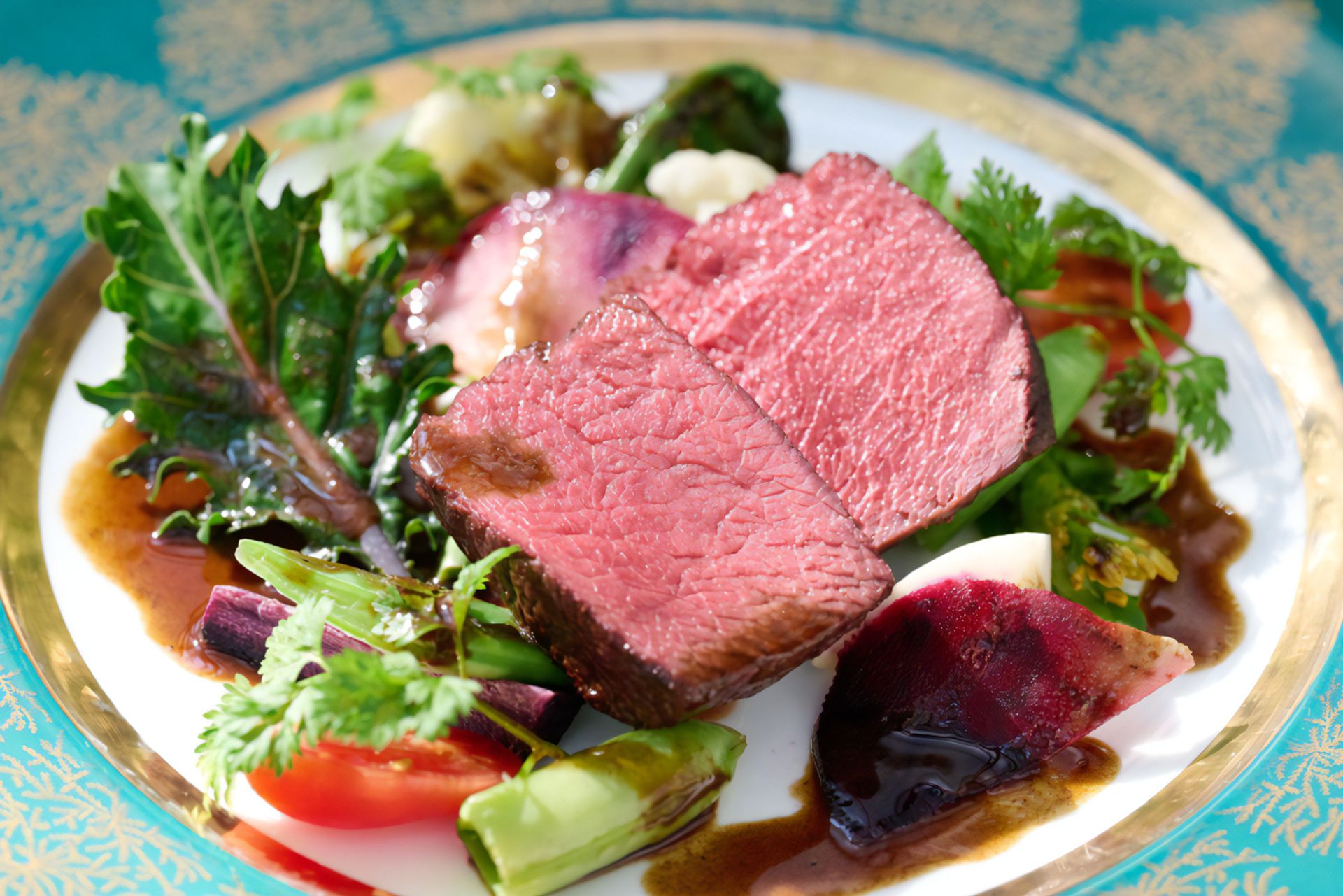
What are the best seasons for game meat?
What issues have to be addressed so that people can enjoy wild game safely and confidently?
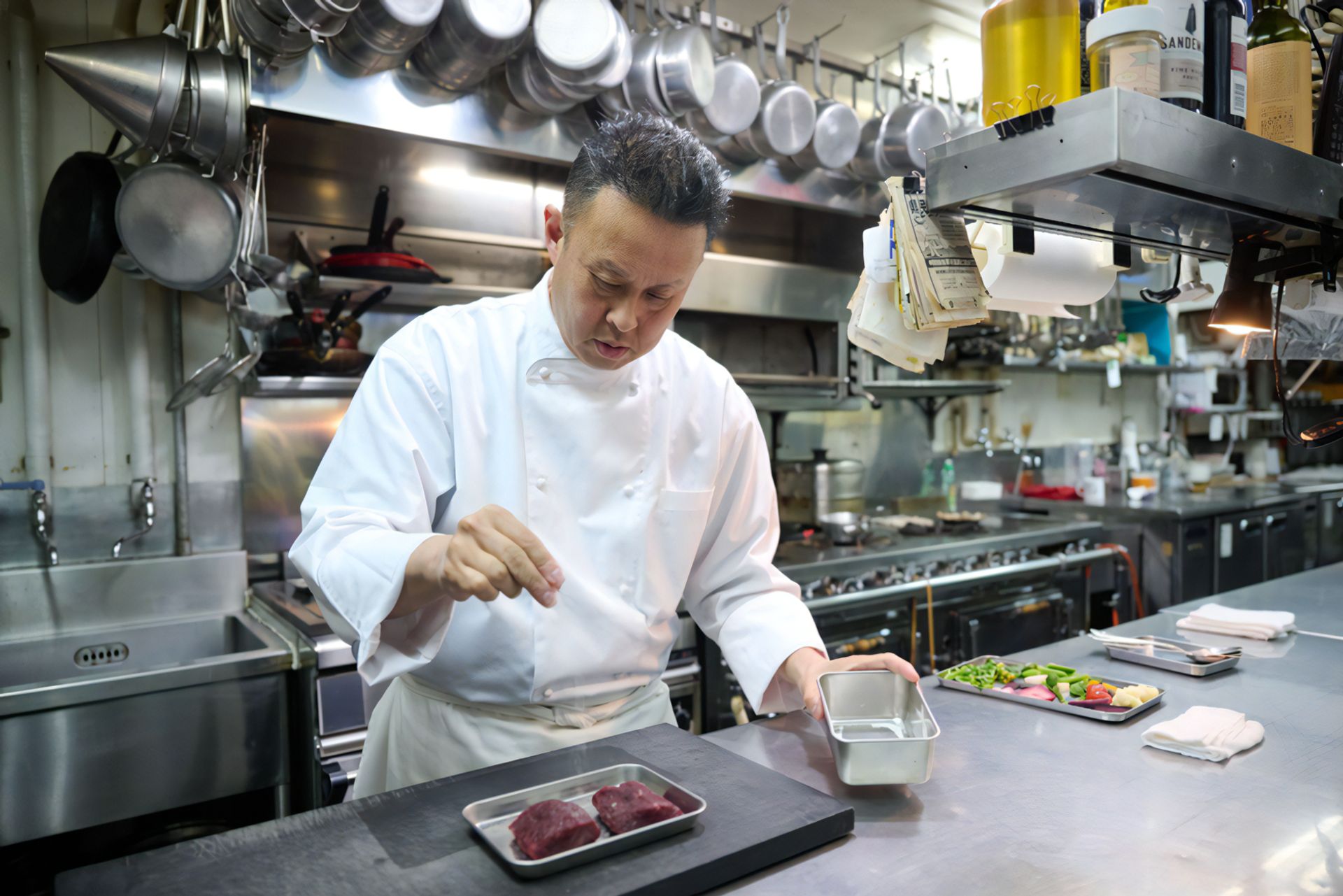
Osaka-Kansai Expo Promotes to Bring Wild Game to the Everyday Table Across the Globe
A game meat booth will be set up during the “Necessities of Life: Food, Clothing and Shelter Week” at the Osaka-Kansai Expo in June 2025. What do you hope to convey to the visitors of the event?
This will also serve as a great opportunity to introduce our domestic initiative to visitors from overseas. Although wildlife damage is an issue that occurs worldwide, Japan is the only country to address it by taking national measures. With worldwide concerns about food shortages and the call for SDGs, we have been building an environment where game meat can be safely consumed without any worries and encouraging people to appreciate the lives of wild animals and not waste the meat. Our initiative fits perfectly with the Expo’s main theme of “Designing Future Society for Our Lives.”
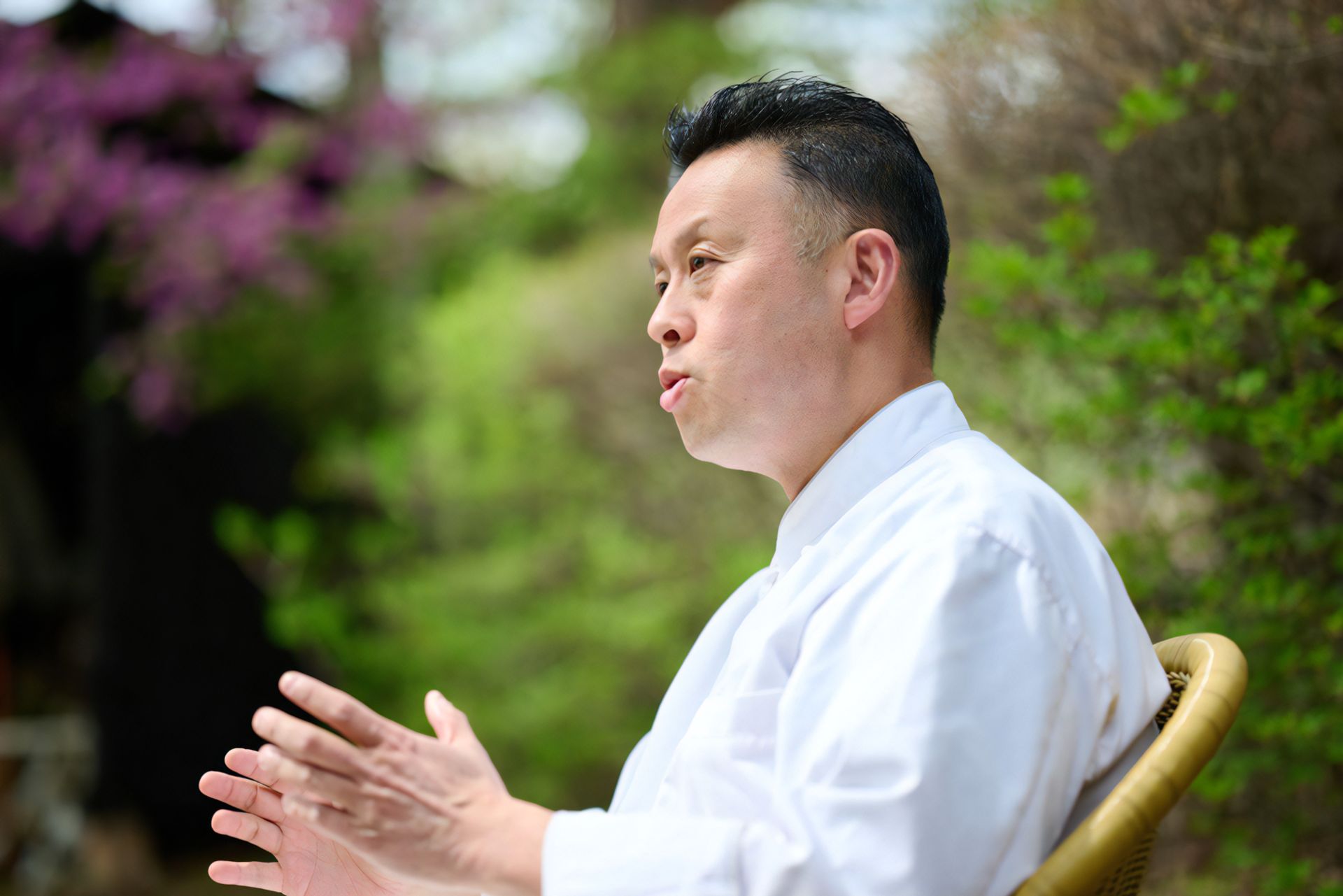
What kind of future do you envision for game meat?
The Appeal of Game Meat to Be Showcased at the Osaka-Kansai Expo
During the “Necessities of Life: Food, Clothing and Shelter Week” at the 2025 Japan World Expo (Osaka-Kansai Expo), the MAFF will demonstrate the diversity of Japanese cuisine and the appeal of agriculture, forestry, and fisheries in Japan under the theme of “RELAY THE FOOD ~Food and Terroir for the Future~” in cooperation with the National Tax Agency (NTA) and the Agency for Cultural Affairs (ACA). In regard to game meat, the event will feature a game meat booth and stage events with the aim of familiarizing visitors with game meat and making it a culinary staple. We welcome you to check it out.
Event duration:
Sunday, June 8th, 2025 – Sunday, June 15th, 2025
Venue:
EXPO Messe “WASSE” Event Hall, South Side, Game Meat Booth; EXPO Messe “WASSE” Inner Stage
Exhibition details:
We plan to demonstrate the appeal of game meat through videos and a digital diorama as well as hold tastings of game meat from processing facilities that obtained the domestic gibier certification. We hope you will enjoy the samples.
Related URLs:
Game Meat Exhibition at the Osaka-Kansai Expo(https://www.maff.go.jp/j/nousin/gibier/expo.html)
The special section for the Osaka-Kansai Expo on the MAFF’s homepage(https://www.maff.go.jp/j/keikaku/syokubunka/relay-the-food/index.html)
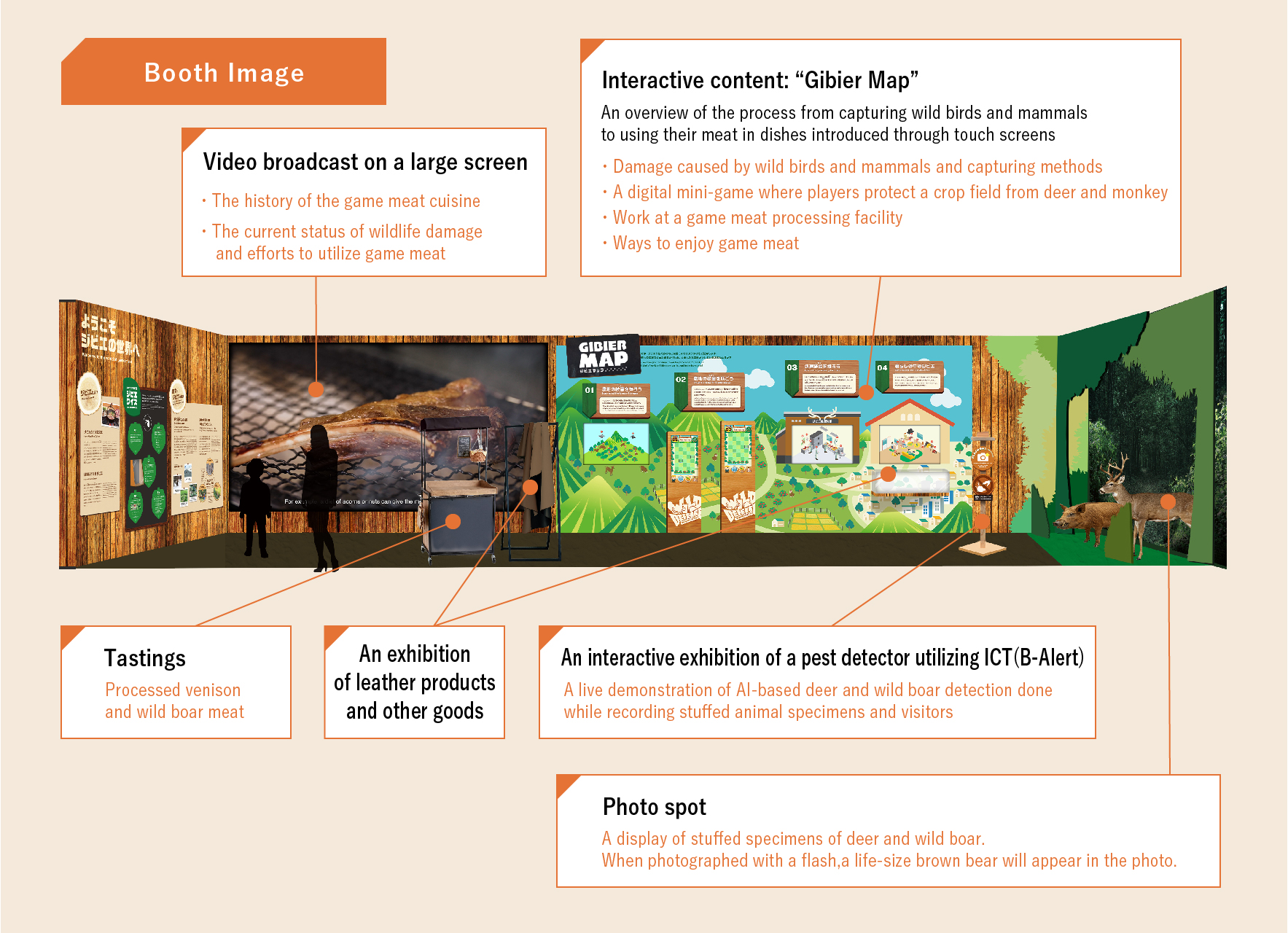
Details on the tasting location:
Please access the following link for information on the game meat booth at the Osaka-Kansai Expo.(https://www.maff.go.jp/j/nousin/gibier/expo.html)
